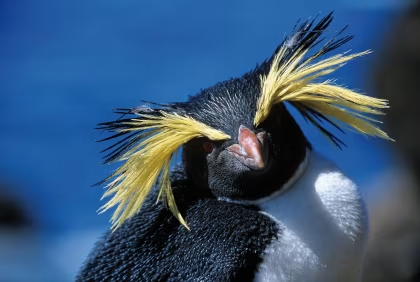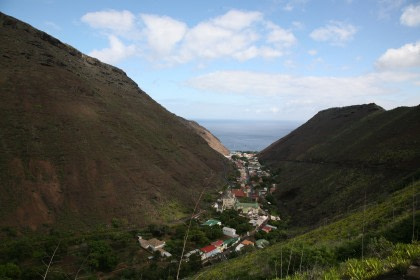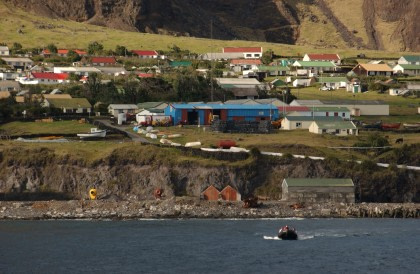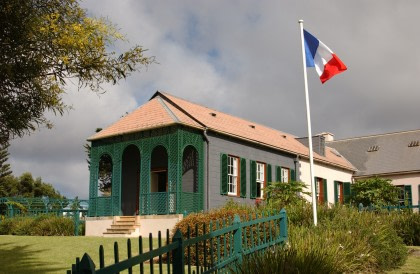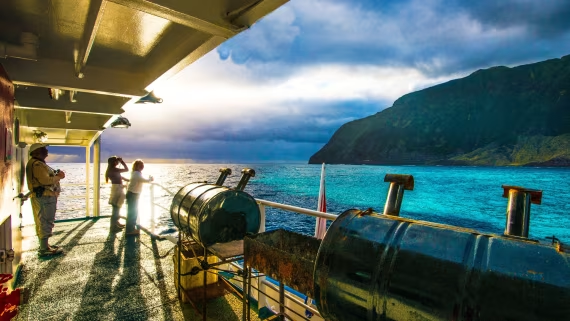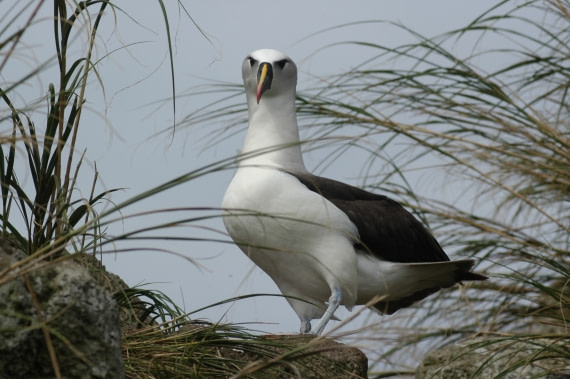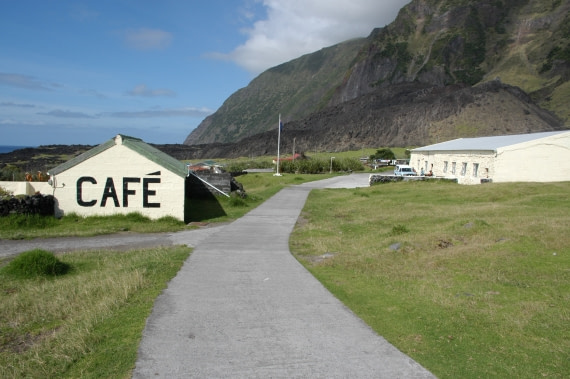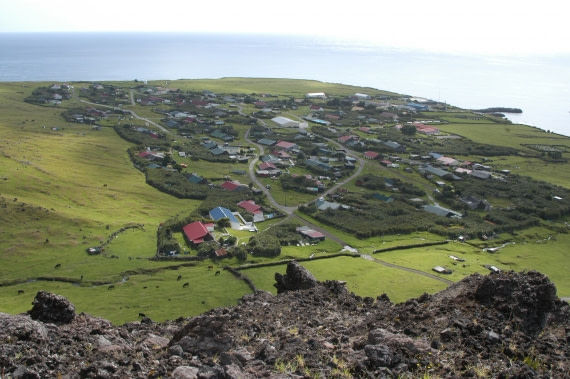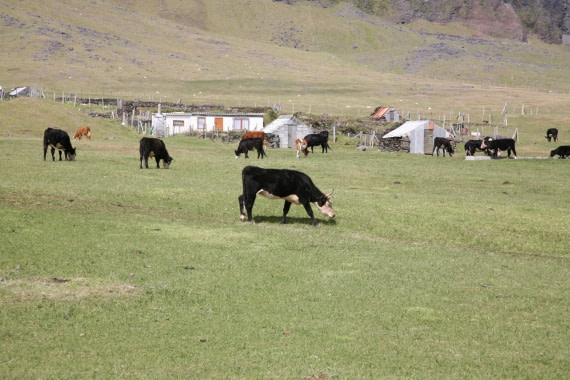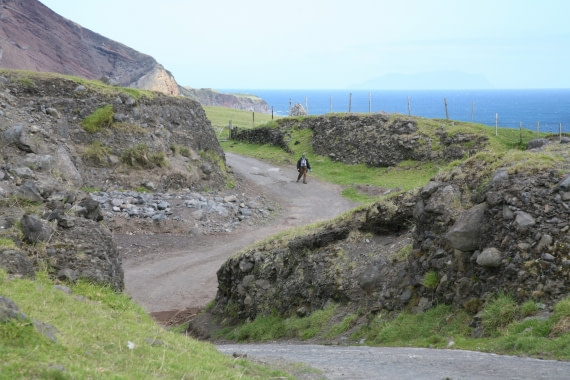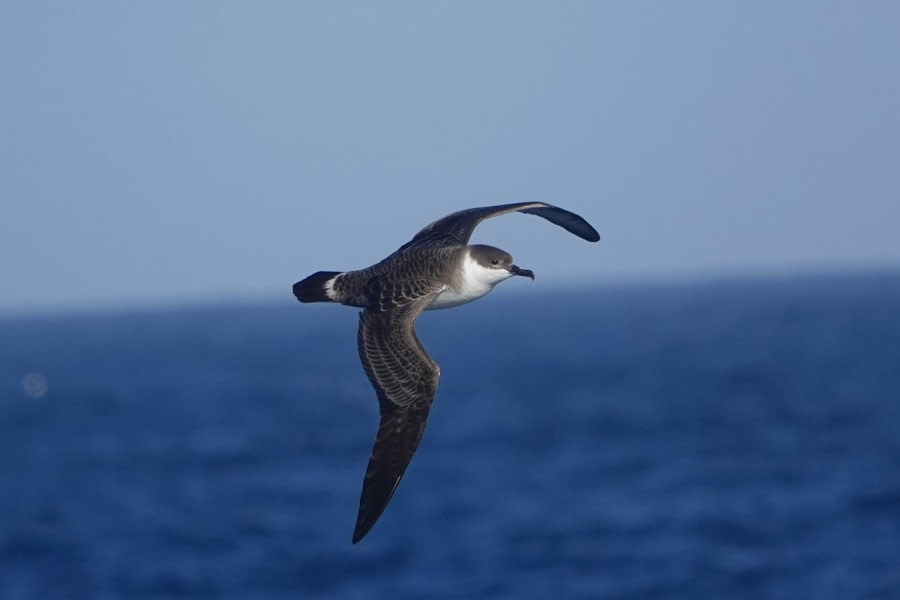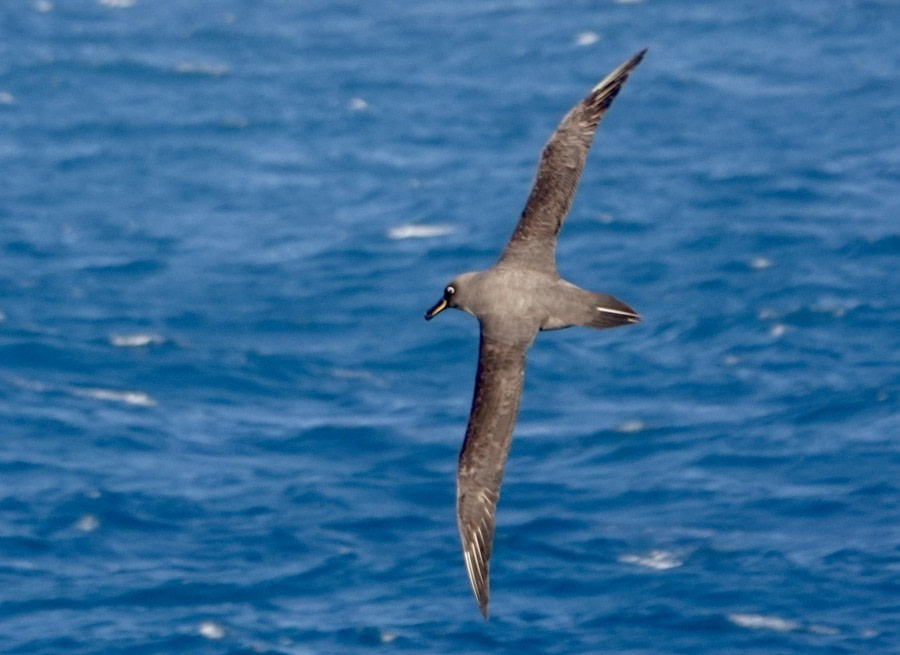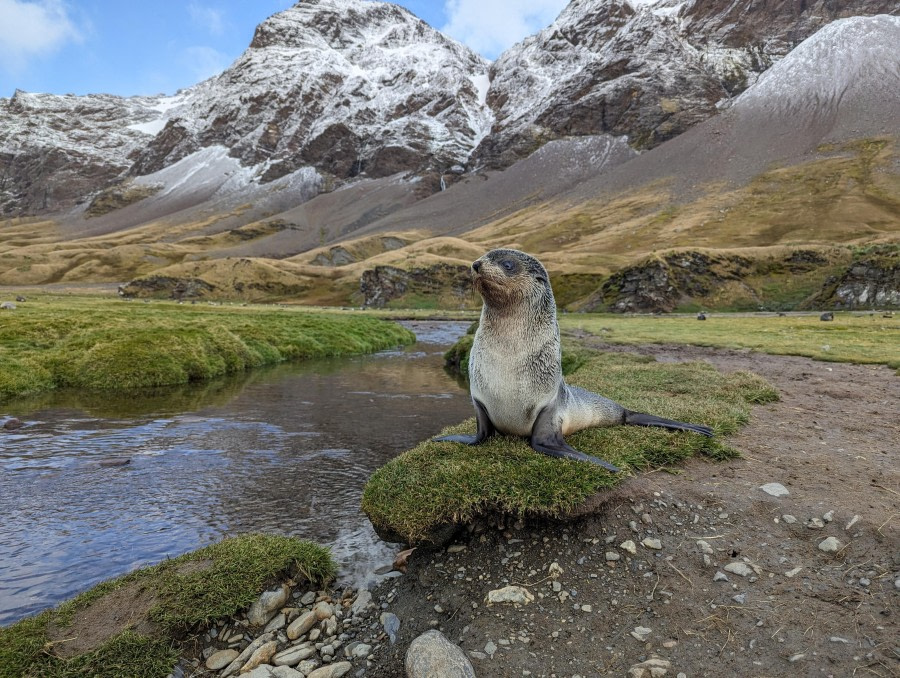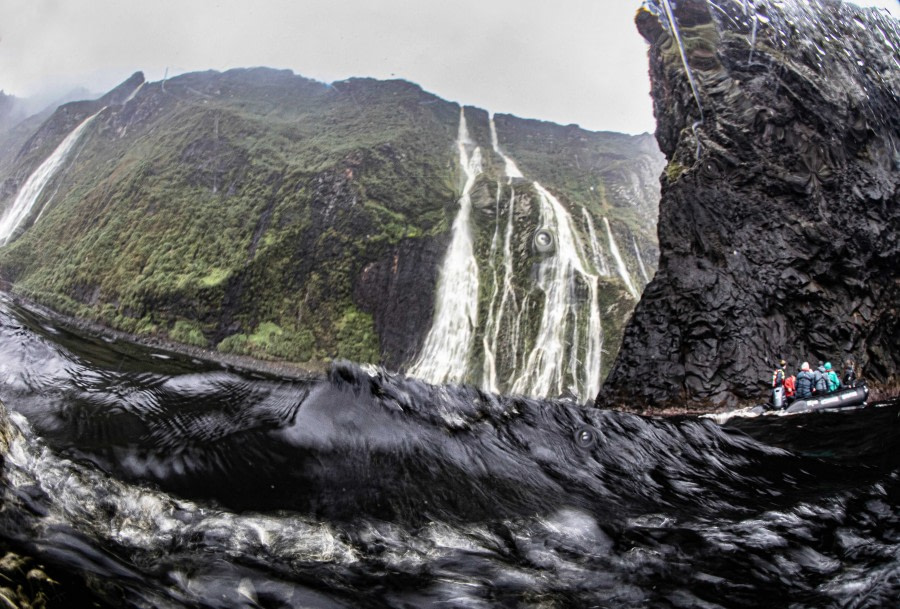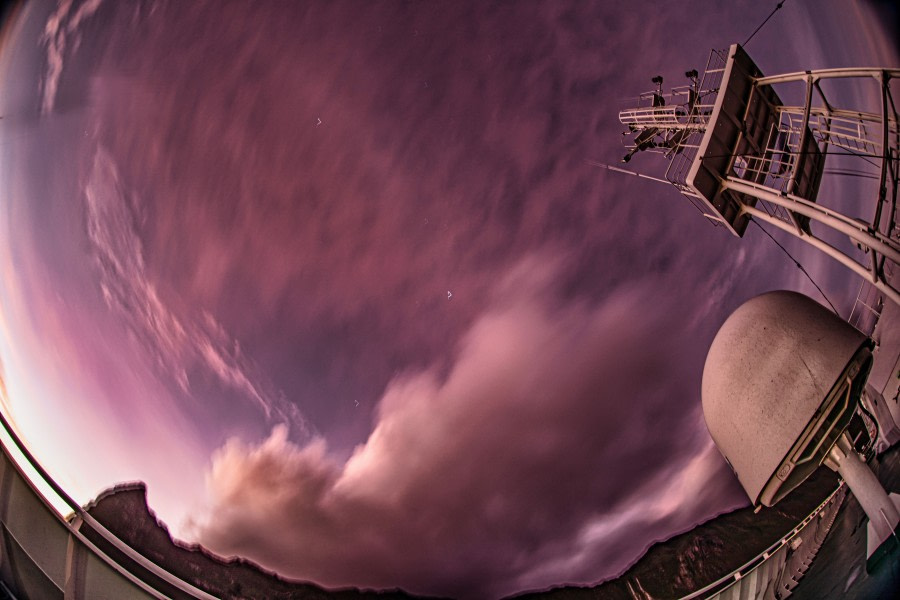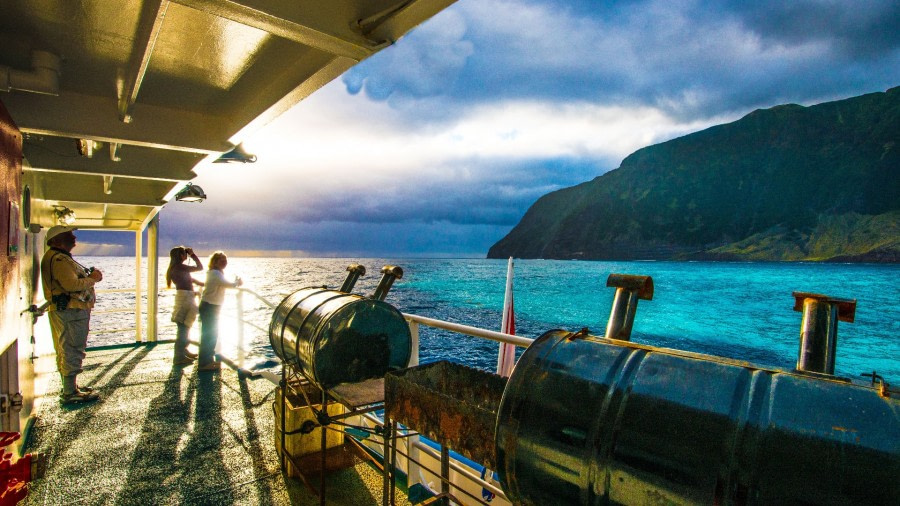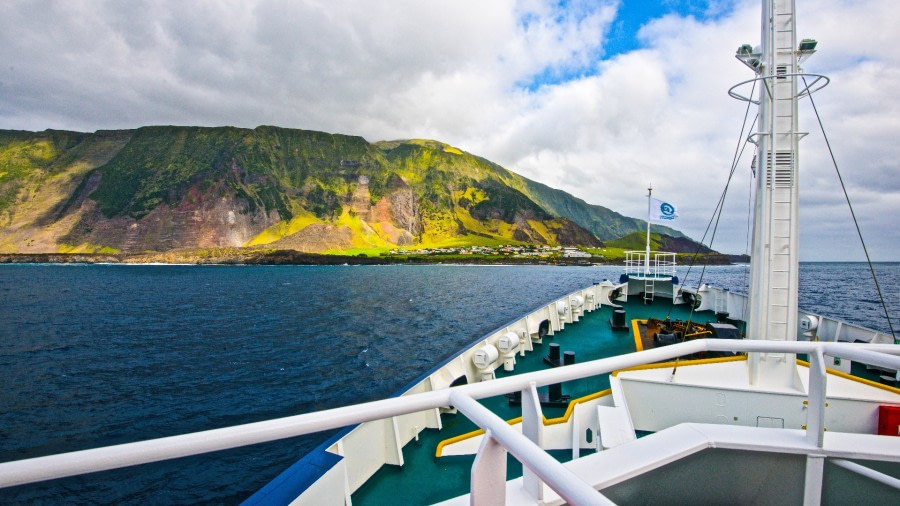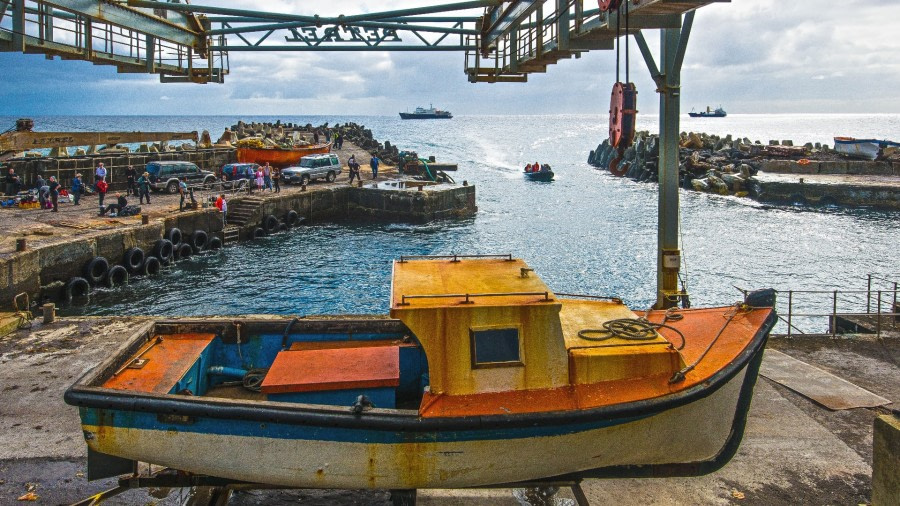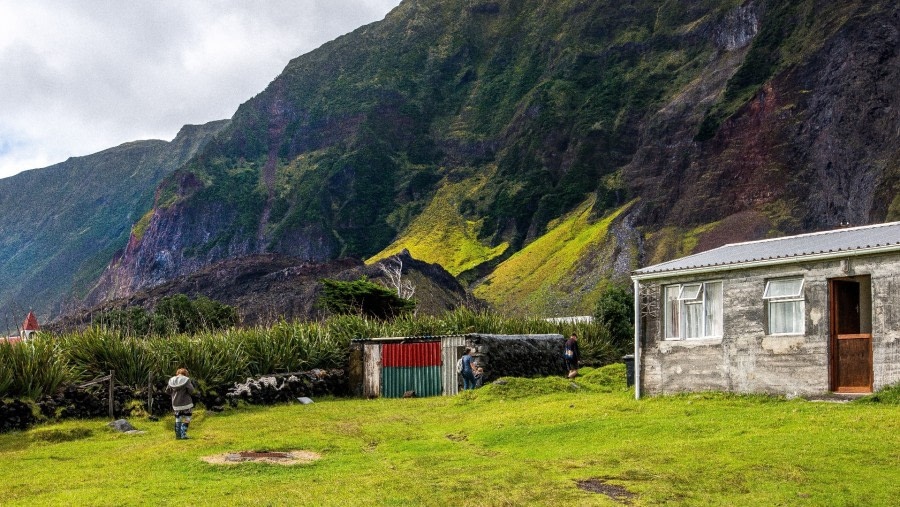Tristan da Cunha ist ein ganz besonderer Ort – es handelt sich hierbei um einen aktiven Vulkan mitten im Süd-Atlantik, auf dem Menschen leben. Die Insel wird oft als abgelegenste bewohnte Insel der Welt bezeichnet, ist aber auch für die einzigartige Kultur der Einwohner, ihre natürliche Schönheit und die große Zahl von Seevögeln, die dort brüten, bekannt.
Reisen nach Tristan da Cunha
Atlantik-Odyssee inkl. Antarktische Halbinsel bis Kap Verde
26 Mär - 7 Mai, 2027
•Reisecode: PLA32D27
Die Kreuzfahrt der Atlantic Odyssey führt zu einigen der entlegensten Inseln der Welt und kreuzt die Zugrouten von Küstenseeschwalben, Skuas, anderen Vögeln und einer Vielzahl von Walen, die jedes Jahr zur Brutzeit nach Norden ziehen.
von: 17055 USD
Atlantik-Odyssee inkl. Antarktische Halbinsel bis Kap Verde
23 Mär - 4 Mai, 2026
•Reisecode: PLA31B26
Die Kreuzfahrt der Atlantic Odyssey führt zu einigen der entlegensten Inseln der Welt und kreuzt die Zugrouten von Küstenseeschwalben, Skuas, anderen Vögeln und einer Vielzahl von Walen, die jedes Jahr zur Brutzeit nach Norden ziehen.
von: 16380 USD
Atlantik-Odyssee inkl. Antarktische Halbinsel bis St. Helena
26 Mär - 27 Apr, 2027
•Reisecode: PLA32C27
Die Kreuzfahrt der Atlantic Odyssey führt zu einigen der entlegensten Inseln der Welt und kreuzt die Zugrouten von Küstenseeschwalben, Skuas, anderen Vögeln und einer Vielzahl von Walen, die jedes Jahr zur Brutzeit nach Norden ziehen.
von: 14760 USD
Atlantik-Odyssee inkl. Antarktische Halbinsel bis St. Helena
23 Mär - 24 Apr, 2026
•Reisecode: PLA31A26
Die Kreuzfahrt der Atlantic Odyssey führt zu einigen der entlegensten Inseln der Welt und kreuzt die Zugrouten von Küstenseeschwalben, Skuas, anderen Vögeln und einer Vielzahl von Walen, die jedes Jahr zur Brutzeit nach Norden ziehen.
von: 14175 USD
Atlantik-Odyssee ohne Antarktische Halbinsel bis Kap Verde
4 Apr - 7 Mai, 2027
•Reisecode: PLA33C27
Während der Tage auf See ist die Chance groß, Walen zu begegnen. Werden Sie Zeuge des Frühlingszuges nördlicher Vögel wie Küstenseeschwalben und Raubmöwen, die gemeinsam mit uns den Äquator ("die Linie") überqueren.
von: 10755 USD
Neuester Blog und Kundenbericht
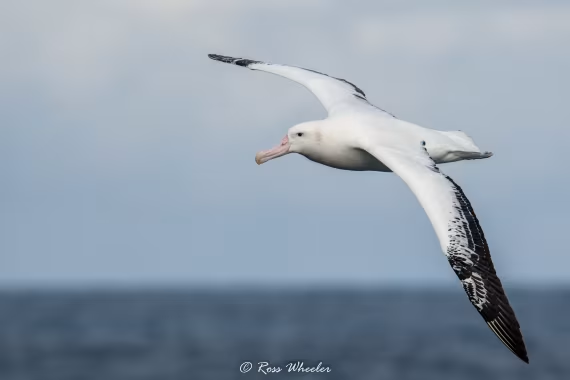
Die acht Albatrosse der Antarktis und der Sub-Antarktis
Egal, ob Sie in die Antarktis, in die Subantarktis oder in eine Kombination aus beidem reisen, in diesem Eintrag finden Sie alle wichtigen Informationen über Albatrosse und darüber, wo diese Vögel am besten zu finden sind.
Aktuelles Highlight und Tierwelt
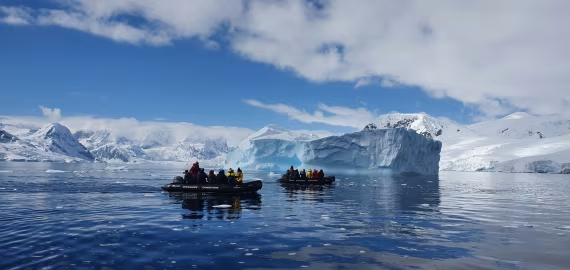
Sehen Sie die Highlights, die Sie erleben können:
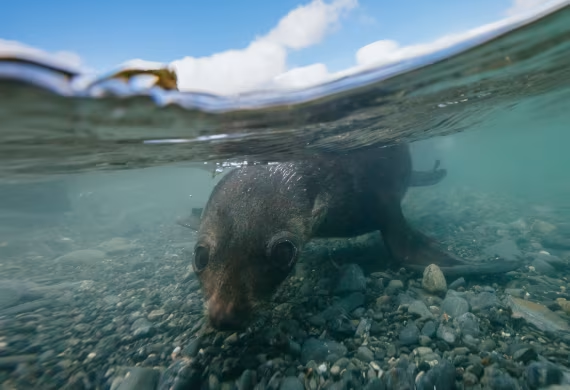
Sehen Sie die Highlights, die Sie erleben können:
Karte von
Tristan da Cunha: Foto
Bewertungen
FAQ
Wie ist die Temperatur in Tristan da Cunha?
Auf Tristan da Cunha herrschen das ganze Jahr über angenehme Temperaturen. Das feuchte Klima verursacht eine große Menge an Niederschlägen, und es ist sehr unwahrscheinlich, dass in Gebieten unterhalb von 500 Metern Frost auftritt. Die durchschnittliche Jahrestemperatur in Tristan da Cunha liegt bei milden 14,8 Grad Celsius (58,6 Grad Fahrenheit).
Im Januar beträgt die Temperaturspanne 15,4 bis 20,4 Grad Celsius (59,7 bis 68,7 Grad Fahrenheit). Im August können Sie mit einer Temperaturspanne von 9,7 bis 14,3 Grad Celsius rechnen (49,3 bis 57,6 Grad Fahrenheit).
Welche Wildtiere kann ich auf Tristan da Cunha sehen?
Tristan da Cunha wurde von BirdLife International als wichtiges Vogelschutzgebiet eingestuft. Es gibt zwei Landvogelarten, die das ganze Jahr über vor Ort bleiben, und weitere 13 Arten von Seevögeln brüten auf der Insel. Der Atlantiksturmvogel hat Tristan de Cunha und Gough Island als seine einzigen Brutplätze weltweit ausgewählt. Auf einer Reise nach Tristan da Cunha können Sie auch den Tristan-Wanderalbatros, Antarktische Seeschwalben und Nördliche Felsenpinguine sehen.
Meeressäugetiere sind auf den Inseln recht häufig anzutreffen, aber vor allem die subantarktische Pelzrobbe ist eine Art, nach der man Ausschau halten sollte, da sie nirgendwo sonst leicht zu sehen ist. Einer der am schwierigsten zu beobachtenden Vögel der Welt ist nur auf der Inaccessible Island zu finden: Die Unzugängliche Insel-Flugralle. Der Name sagt alles - es ist kein einfacher Ort zum Landen.
Leben Menschen auf Tristan da Cunha?
Nach der Volkszählung von 2015 hat Tristan da Cunha 268 ständige Einwohner. Alle Einwohner leben in Edinburgh of the Seven Seas, was bedeutet, dass nur ein kleiner Teil von Tristan da Cunha bewohnt ist. Kreuzfahrten nach Tristan da Cunha können die Einwohnerzahl vorübergehend erhöhen, aber ohne die Zustimmung aller ständigen Einwohner darf niemand neu auf die Insel ziehen.
Wer ist der Eigentümer von Tristan da Cunha?
Tristan da Cunha ist ein britisches Überseegebiet. Das Gebiet wurde erstmals 1506 entdeckt, aber erst 1810 dauerhaft besiedelt. Im Jahr 1816 wurde Tristan da Cunha vom Vereinigten Königreich annektiert und steht seither unter britischer Kontrolle. Das Gebiet hat zwar ein eigenes politisches System, aber die Königin hat die Exekutivgewalt.
Welche einzigartigen Merkmale hat Tristan da Cunha?
Abgesehen von der begrenzten Infrastruktur und der großen Anzahl an Seevögeln ist Tristan da Cunha vielleicht am besten für seine unbewohnten Wildtierreservate bekannt: Gough Island, Inaccessible Island und Nightingale Island sind die größten Inseln des Archipels.
Insgesamt gibt es sechs Vulkaninseln, die die Region Tristan da Cunha ausmachen. Die Nordwestküste ist der einzige Bereich des Festlandes, der nicht gebirgig ist. Ein gewaltiger und sehr schöner aktiver Vulkan macht den größten Teil der Landmasse der Hauptinsel Tristan da Cunha aus.
Eine Reise nach Tristan da Cunha hat auch viele kreative Köpfe inspiriert, und die Insel kam in Romanen von Edgar Allan Poe und Jules Verne vor.
Facts about
Tristan da Cunha Reisen
Tristan da Cunha ist eine entlegene Vulkaninsel im Südatlantik.
Tristan da Cunha ist ein ganz besonderer Ort – es handelt sich hierbei um einen aktiven Vulkan mitten im Süd-Atlantik, auf dem Menschen leben. Die Insel wird oft als abgelegenste bewohnte Insel der Welt bezeichnet, ist aber auch für die einzigartige Kultur der Einwohner, ihre natürliche Schönheit und die große Zahl von Seevögeln, die dort brüten, bekannt.
Facts about Tristan da Cunha
- Tristan da Cunha is part of the same British overseas territories as is St. Helena and Ascension Island.
- Tristan da Cunha is the most remote inhabited group of islands on Earth.
- The islands were found by Portuguese sailor Tristão da Cunha in 1506.
- The capital city of Tristan da Cunha is Edinburgh of the Seven Seas.
- The British Royal Mail Service has to assign Tristan da Cunha a postal code in 2005 because too much of their mail was getting sent to Edinburgh in Scotland.
- About 275 people make up the permanent population on the main island of Tristand da Cunha. Between them they share only 8 family surnames.
- Other islands in the group are named Gough, Nightingale, and Inaccessible. The latter is home of the flightless Rail, one of the most difficult birds in the world to get to see.
Travel to Tristan da Cunha
Tristan da Cunha is often called the most remote inhabited island of the world but is also famous for its specific Tristan culture, its natural beauty and the large number of seabirds that breed there. A Tristan da Cunha cruise takes you into a bird-watcher’s paradise. The four islands that make up the group are the breeding grounds for Northern Rockhopper penguins, millions of sea-birds, including the native Tristan Wandering Albatross, Atlantic Yellow-nosed Albatross, Atlantic Petrel, the Gough Moorhen, and the Inaccessible Island Flightless Rail.
Your Tristan da Cunha expedition allows you to take in the surrounding waters which are home to Sub-Antarctic Fur Seals, Elephant Seals, and a variety of whales.
